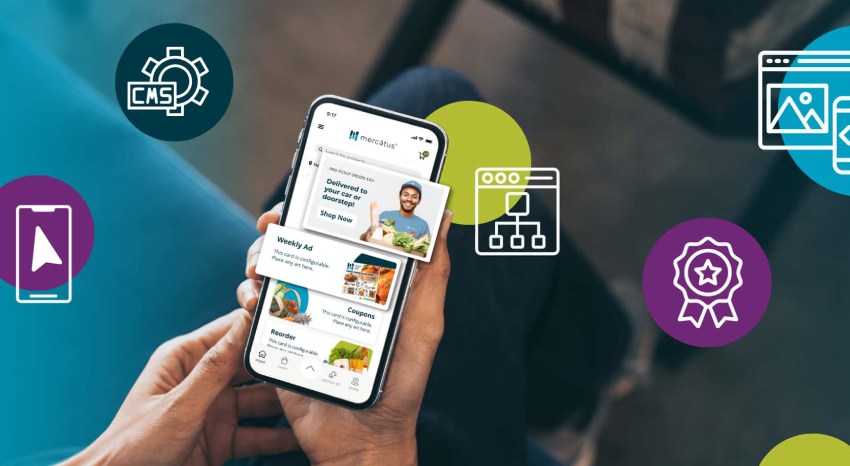
Grocers’ New Competitive Edge: Integrating Personalization into Operational Workflows
Forward-thinking grocers are utilizing technology to offer customers a personalized, holistic digital experience, tailored to what they buy and when they buy it.
But there’s another aspect to this that grocers are only scratching the surface of: The return on digital engagement investment from an operational perspective.
Whenever we talk about personalization in retail, an emphasis tends to be placed on its marketing capabilities. And for good reason.
The type of contextualized commerce I’m describing above allows grocers to send millions of personalized product recommendations and relevant offers each week. That high level of targeting makes the idea of a printed weekly circular seem archaic — not only in terms of reach, but also the costs associated with design, printing and distribution.
Predictive personalization allows grocers to reduce or eliminate these costs and operationalize the insights gained from contextualized commerce data to further optimize stock levels, improve in-store staffing, minimize waste and ensure better inventory management.
Yes, there may be initial challenges to implementing contextual commerce — such as necessitating store-wide Wi-Fi to allow customers to access their digital loyalty programs — but these are investments that are proven to yield a larger return through enhanced customer retention.
And the right personalization solution will come from a technology partner willing to work with the retailer to ease integration into operational workflows and ensure the highest ROI possible.
The next frontier for grocers isn’t just using contextualized commerce to better retain customers, but to enhance operational efficiencies and reduce expenses — all leading to a more profitable future.






